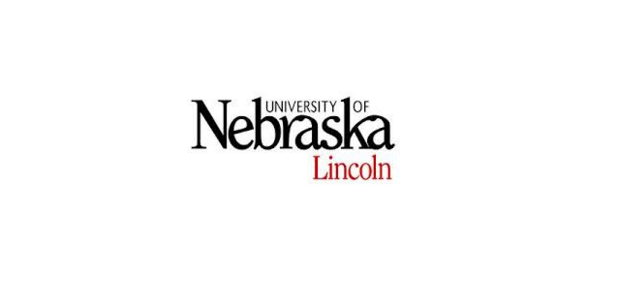Source: University of Missouri
Bill Lamberson
Professor, Animal Sciences
Jordan Thomas
Assistant Professor, Animal Sciences
Crossbreeding in commercial beef cattle production improves efficiency through heterosis and breed complementation (Figure 1). Heterosis or hybrid vigor is an advantage in performance of crossbreds compared to the...
Source: South Dakota State University
by: Julie Walker, Professor & SDSU Extension Beef Specialist
Additional Authors: Matthew Diersen
Typically, replacement heifers are bred to calve earlier than mature cows. By conducting early pregnancy diagnosis, producers can make management decisions that impact herd...
Source: Olds College
Researchers at the Technology Access Centre for Livestock Production (TACLP) at Olds College of Agriculture & Technology have performed two years of research that shows adopting handling acclimation procedures leads to heifers having a greater pregnancy rate —...
Source: Ohio State University, Dr. Michelle Arnold, UK Veterinary Diagnostic Laboratory
“Reproductive failure” is an all-encompassing term if a cow loses a calf during pregnancy or if she fails to get pregnant. Causes of reproductive failure are frequently divided into infectious...
Source: University of Florida, Jonael Bosques
Did you know that Florida ranks 9th in the nation when it comes to cow-calf numbers? Beef cattle production was instrumental in building Florida’s economy. Our state was the first to have a beef industry,...
Source: University of Illinois
Focus on getting cows bred early in the breeding season.
A tight 60-day calving window can improve the calving experience. If you have a spread out calving season, consider breaking cows into a spring and fall group....
Source: Utah State University
Introduction
Reproduction could be considered the most important production trait on a cow-calf operation. Economic outputs are sustained when cattle rebreed and calve every year in a timely manner. However, when cattle are unable to rebreed efficiently,...
Source: University of Maryland Extension, Sarah Potts
The overall goal for a seasonal cow-calf operation should be to have cows calve roughly every 365 days (or once per year). Some management tools, such as estrus synchronization programs, can be used to...
Source: University of Minnesota
Quick facts
When you interrupt a cow that is calving, she will prioritize her own life and stop calving.
There are three stages to labor.
Stage 2 of labor begins with the appearance of the water...
Source: University of Nebraska-Lincoln
Kacie McCarthy, UNL Cow-Calf Specialist
Shelby Rosasco, Beef Specialist, University of Wyoming
T.L. Meyer, Nebraska Extension Educator
A successful breeding season requires planning. Estrus synchronization is one tool that can benefit cattle producers if used correctly. Estrus synchronization can...












